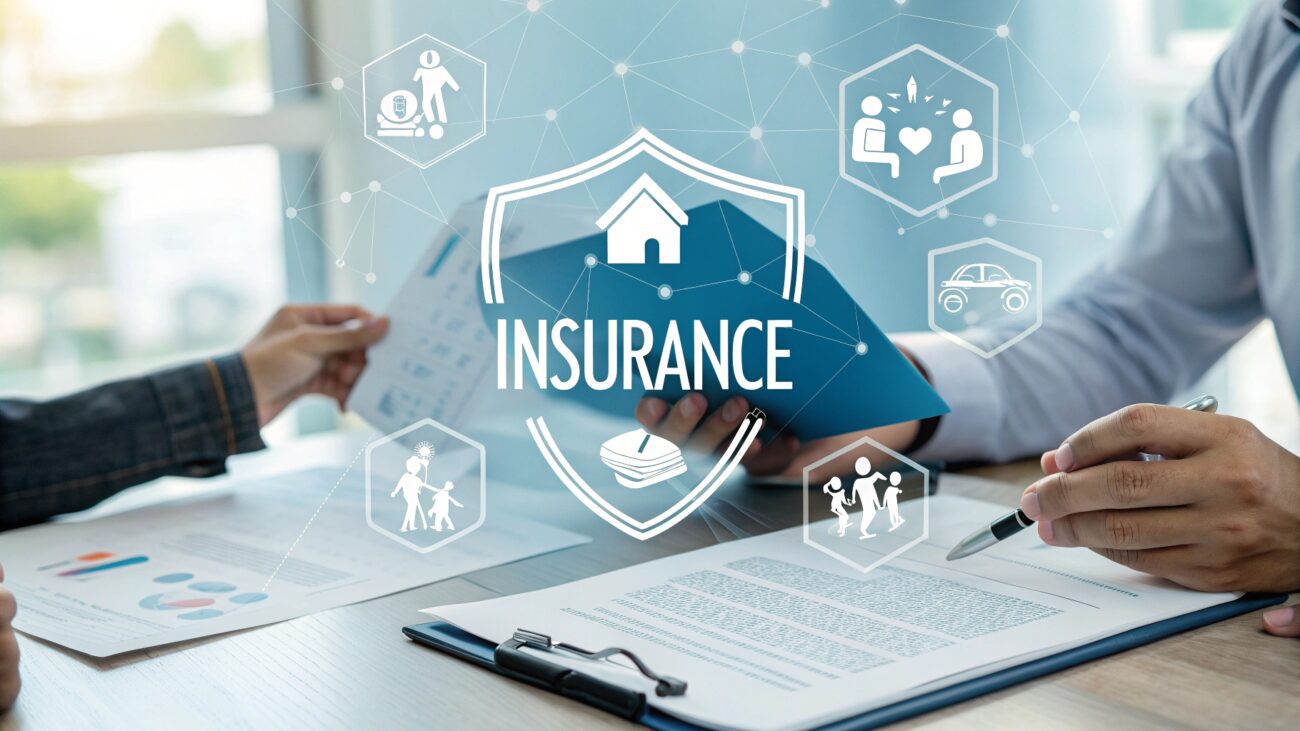Finding yourself in need of emergency medical care can be stressful enough without the added worry about costs. If you don’t have insurance, understanding the potential expenses associated with an ER visit is crucial. Here’s a comprehensive guide to help you navigate the financial aspects of emergency care.
Understanding ER Visit Costs
The total cost of an ER visit can vary significantly, impacted by numerous factors. Here are the primary components:
- Initial Consultation Fees: Expect to pay anywhere from $150 to $300 for an initial evaluation.
- Diagnostic Tests: Blood tests, X-rays, or CT scans can add $100 to $5,000 to your bill.
- Treatment Costs: Medications and treatments may vary based on your condition, typically ranging from $50 to several thousand dollars.
- Facility Fees: These cover the use of the ER and can range from $500 to over $3,000.
Average Costs for Common Conditions
While costs can widely vary depending on location and specific cases, here are estimates for treating some common conditions:
- Fractured Bone: $1,500 to $3,500
- Severe Allergic Reaction: $1,000 to $5,000
- Chest Pain Evaluation: $800 to $4,000
Factors Influencing ER Costs
Numerous factors impact how much you’ll pay during a visit:
Location
Hospital costs differ based on geographic regions; urban areas typically have higher prices.
Severity of the Condition
More severe cases require more extensive resources and treatments, thus increasing costs.
Time of Visit
Visiting late at night or on weekends may entail additional fees in some facilities.
How to Manage ER Costs Without Insurance
If you find yourself without insurance, here are actionable steps to help reduce your out-of-pocket expenses:
- Ask for an Estimate: Request a breakdown of potential costs before receiving treatment.
- Explore Payment Plans: Many hospitals offer to break down payments into manageable monthly installments.
- Negotiate Your Bill: Don’t hesitate to talk to the billing department to negotiate lower charges.
- Investigate Charity Care: Some hospitals provide charity care options or financial assistance programs for uninsured patients.
Alternatives to ER Visits
When possible, consider these alternatives to avoid high costs:
- Urgent Care Clinics: Typically less expensive, urgent care facilities handle non-life-threatening situations.
- Telemedicine Services: Online consultations can help address minor issues at a lower cost.
Recap and Practical Takeaway
The cost of an ER visit without insurance can be daunting but understanding what to expect helps. Always inquire about fees upfront, and explore payment options if needed. Take your health seriously, but also keep your finances in check!
If you find yourself frequently concerned about healthcare costs, consider looking into local resources or potential insurance options that fit your budget.
